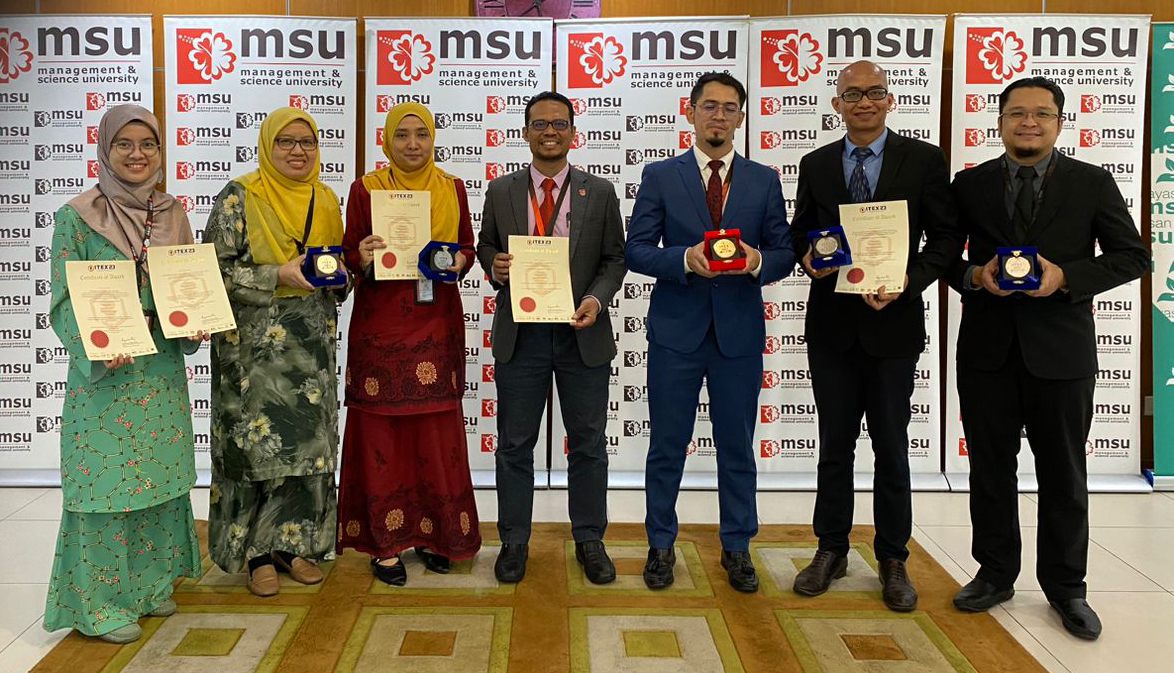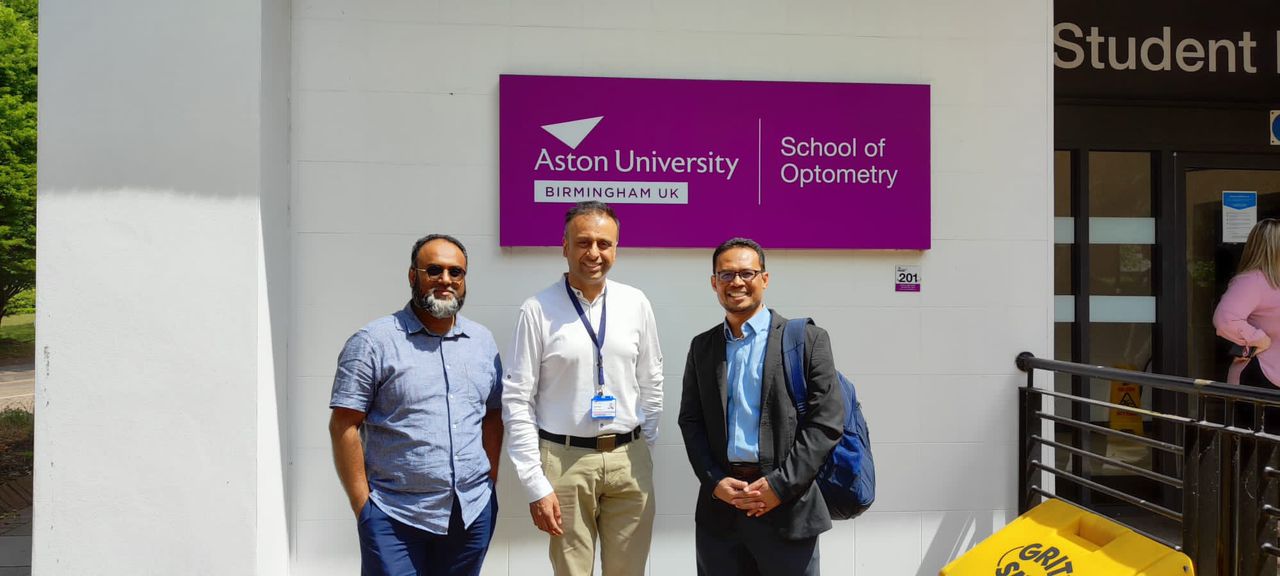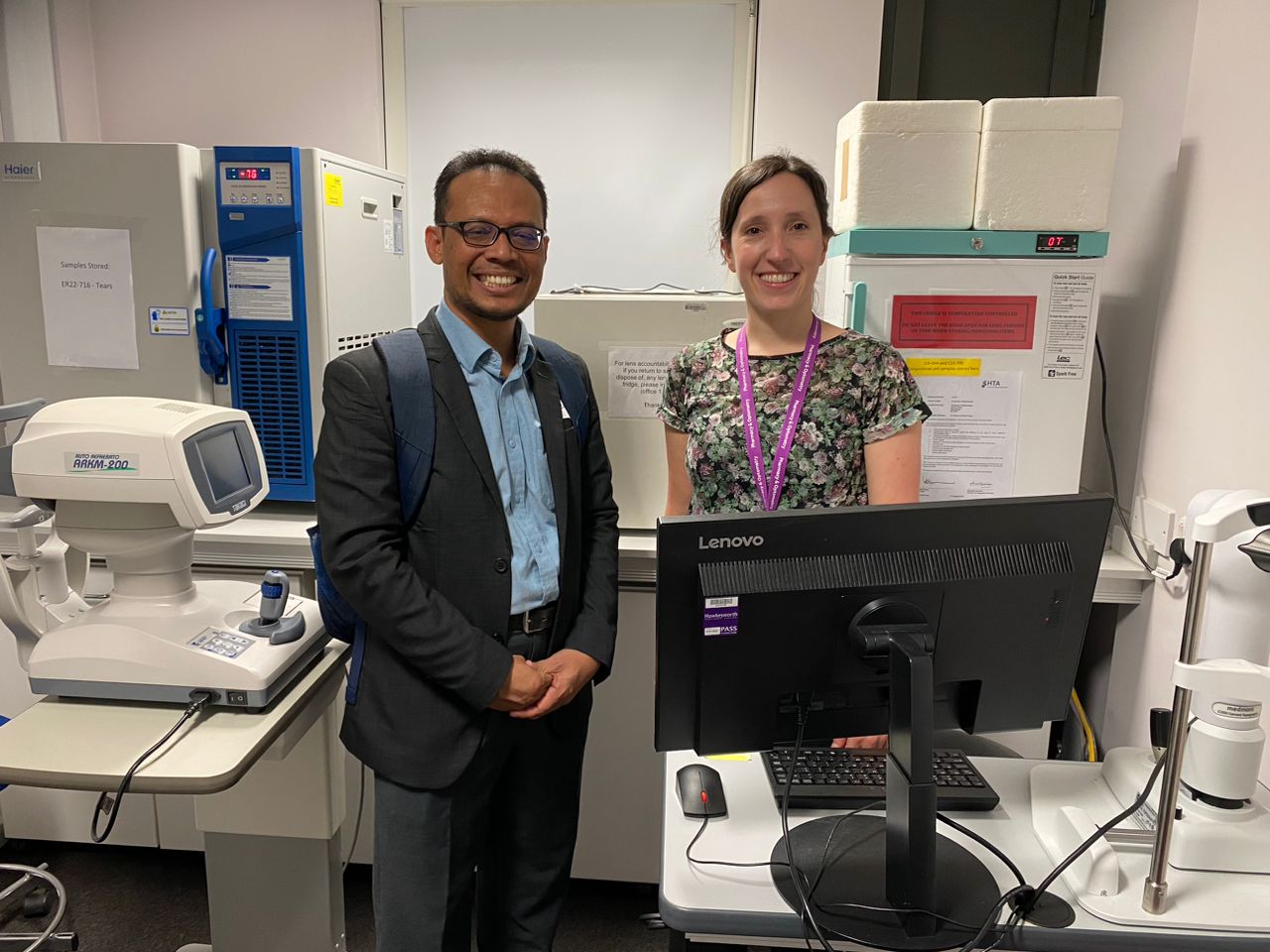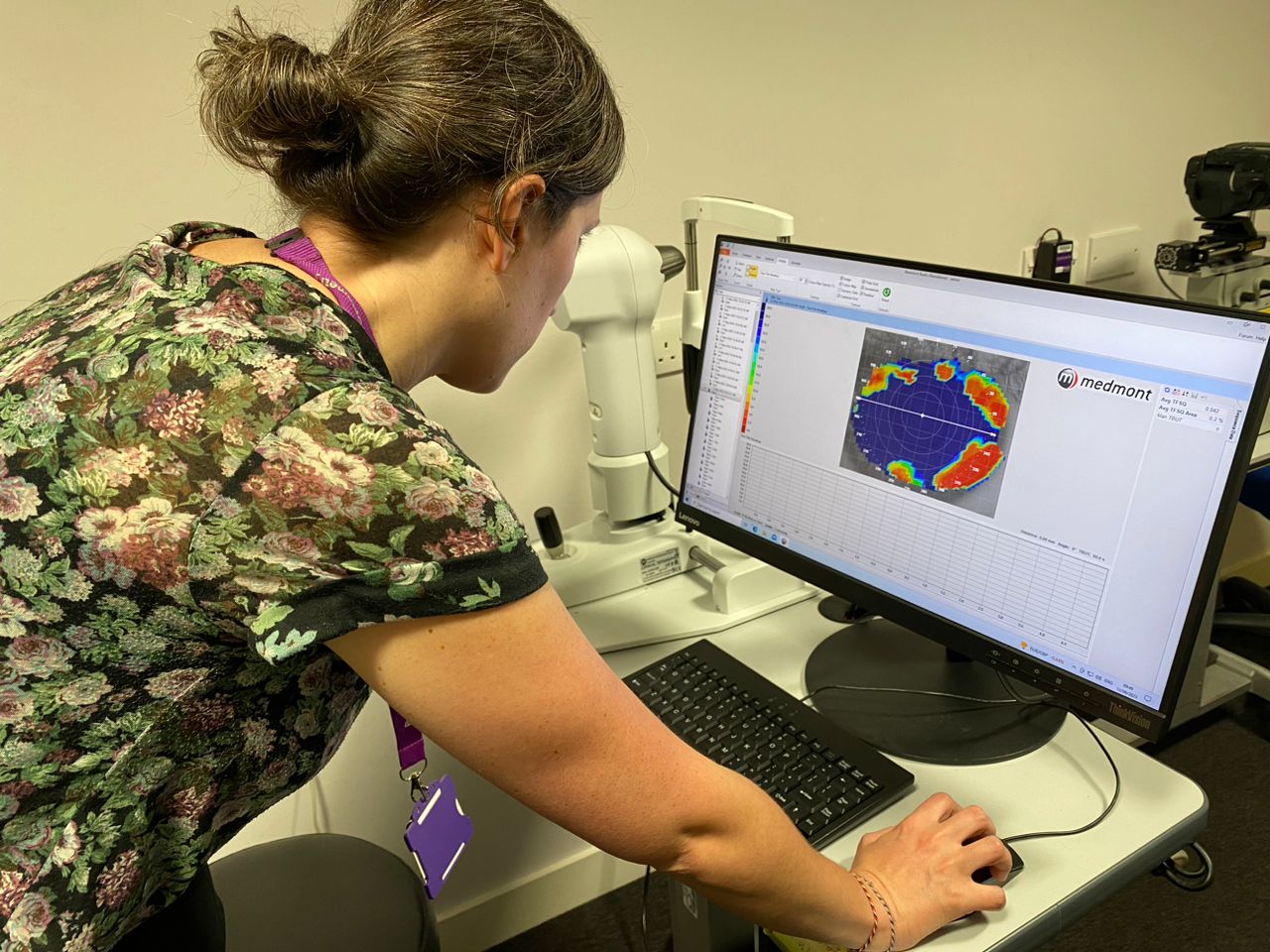MSU Centre of Excellence for Vision and Eyecare (MSU-iCARE)
MSU Eye Centre's mission is to help people create and share multidisciplinary tools for eye and vision health care. MSU Eye Centre (iCARE) is one of MSU’s Centres of Excellence providing unequalled services in eye and vision health with research and development for the benefit of the local community whether the young or old. iCARE addresses issues of visual impairment and blindness through innovative research and creative techniques which are combined with the advancement of information technology to facilitate teaching and learning.
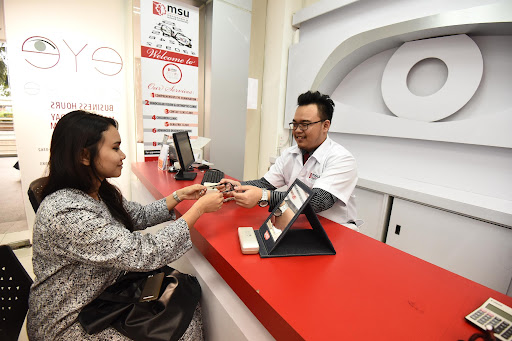
Harnessing interdisciplinary strengths of researchers from health and life sciences and information sciences and engineering expertise; award winning instruments, modules, prototypes and gadgets promoting basic and advanced means of eye and vision health care have been developed and scaled for use among the young and old of our community. The value of multi-disciplinary viewpoints were recognised by the researchers of iCARE in awareness campaigns for cataract and glaucoma being the two most silent yet common causes of acquired blindness.
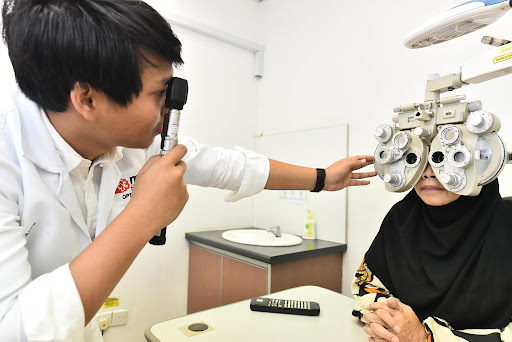
Efforts of the team’s collaborative network with industry enabled them to look at a variety of current topics and phenomena relating to eye and vision protection. iCARE provides a platform for local and international institutions and councils to collaborate in partnership to ensure the continued development of techniques and the improvement of existing standards are current and not only shared academically via the Journal of Optometry, Eye and Health Research but in continuous improvement to transform lives and enrich future.
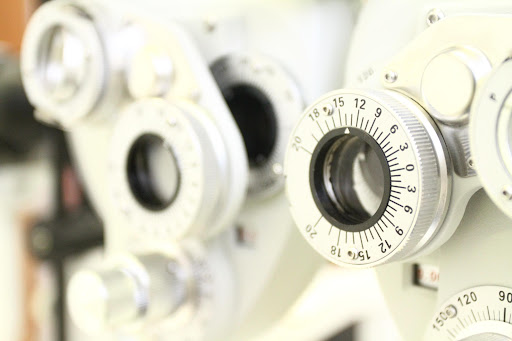
Project
MSU FLAGSHIP PROJECT:
Myopia screening, prevention, and intervention management: A National Eye Health Study (MySPINES)
OVERVIEW
Myopia is an epidemic condition that become a global public health issue. It is also known as “shortsightedness” and is conventionally managed by spectacles. The prevalence of myopia is high, especially in Southeast Asia Region. Evidence is emerging that many sight-threatening complications related to myopia and the reasons why the condition is undiagnosed or untreated involving children at very early stages are unclear. The available data regarding the National Eye Studies were outdated and up to date, there is no major national eye health screening conducted by optometrists. This project aims to obtain Malaysian population data aged 7 to 60 years old nationwide led by the MSU Centre of Excellence for Vision and Eyecare (MSU-iCARE).
The prevalence of myopia is highest in East and Southeast Asia and in young adults myopia affects around 80–90%, with the prevalence of high myopia in young adults 10–20%. The prevalence of myopia might be less in developing countries and is linked to urbanisation, increased education, and higher socioeconomic status. Based on the best estimate of published papers, global myopia prevalence in 2020 was thirty-three per cent and by 2050 it is estimated to reach fifty per cent, affecting close to five billion people in the world. The prevalence of high myopia in 2050 is estimated to affect ten per cent of the world population. This is expected to lead to a huge increase in the number of people with high myopia-related ocular disease and vision loss given the exponentially increased risk of ocular complications secondary to myopia such as myopic macular degeneration, retinal detachment, glaucoma and cataract among others. The prevalence of visual impairment is greater with increasing axial length and spherical equivalent, with a cumulative risk of visual impairment of 25% for those aged over 75 years.
The significantly increased risk of ocular complications and the known risks of permanent vision impairment and blindness due to any amount of increase in myopia is a valid rationale for intervention, given that there are now evidence-based management options available. These evidence-based treatments can clinically slow the rate of progression of myopia and decrease the likelihood of an individual reaching high myopia where the risks of ocular complications increase exponentially. High levels of myopia can also negatively impact the individual’s quality of life such as contributing to anxiety and depression. From a public health perspective, managing myopia can reduce the future burden on governments when already in 2015 uncorrected myopia and myopic macular degeneration cost 250 billion USD in lost productivity.
The main purpose of My SPINES is to prevent visual impairment and blindness and promote good eye health in the community. Good vision and eye health is part of a good quality of life. Therefore, individuals need to have access to proper and affordable eye care services. My SPINES aims to provide current updates on myopia prevalence in Malaysia, promote better access and affordable care to the community and empower the community to be early aware and self-care about their eye health.
VISION SCREENER COURSE: A COMMUNITY EYECARE EDUCATIONAL PROGRAM (CEEP)
INTRODUCTION
MSU Centre of Excellence for Vision and Eyecare (MSU-iCARE) through the MySPINES project initiates the vision screener course to help the community especially volunteers and NGOs such as Lions Club International Malaysia, Rotary Club, Al-iktisam Vision Care and school teacher community. This training course is designed to train volunteers who are involved in a community vision screening program to have good knowledge and skills when conducting vision screening or basic eye tests. It is also aimed to create awareness and empower the community for reducing vision impairment and eradicating blindness.
The general objectives are as follows;
- This training course is designed to help volunteers who are involved in a community vision screening program to have good knowledge and skills when conducting vision screening.
- It is also aimed to create awareness and empower the community for eradicating blindness.
- It hopes to reduce the number of preventable vision losses in 2030.
Course Description
Participants will learn basic knowledge of what makes up the eyes and how vision work. Furthermore, participants will be introduced to;
- normal and abnormal refractive errors
- the type of tests for assessing refractive errors
- basic screening for refractive errors
- a basic public health action plan for preventing blindness and visual impairment related to vision problems
Course Objective
- To train and certified volunteers involves in eye screening programs.
- To promote awareness of the importance of eye health in the society
- To empower the community with an eye health care program
- To assist in the early detection of vision problems thus reducing the prevalence of visual impairment and blindness in the community.
Course Duration:
There are 6 modules for the MSU Vision Screener Certificate which are offered as follows;
- Certificate Level 1 (Beginner): Module 1 and 2 - 12 hours/module
- Certificate Level 2 (Moderate): Module 3 and 4- 16 hours/module
- Certificate Level 3 (Advanced): Module 5 and 6 - 20 hours/module
Who can participate?
Target participants are who interested in eye and vision screening volunteerism.
- Health professionals (nurses, medical assistants, medical technologists etc.)
- Non-health professionals (lawyers, engineers, IT people, accountants etc.)
- Teachers
- Students
- NGOs
